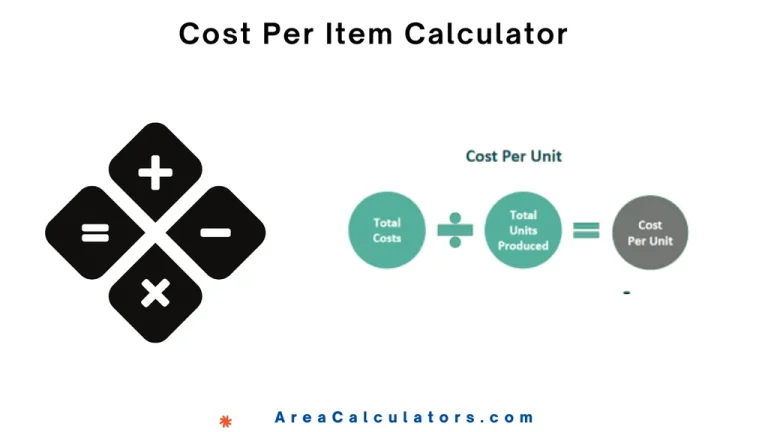Compression Factor Calculator
To calculate the compression factor (Z), multiply the pressure by the volume, then divide by the gas constant and temperature. This provides insight into how gases deviate from ideal behavior under different conditions.
To calculate the compression factor (Z), multiply the pressure by the volume, then divide by the gas constant and temperature. This provides insight into how gases deviate from ideal behavior under different conditions.
The compression factor calculator measures the deviation of real gases from ideal gas behavior. It uses the compressibility factor formula.
This factor, denoted as Z, is important in understanding how gases behave under high pressures or extreme temperatures, especially for gases like air and natural gas. In practical applications, it helps industries calculate the performance of gas engines, pipelines, and other systems where gases are compressed.
| Variable | Description |
|---|---|
| Compression Factor | |
| Pressure (Pa or psi) | |
| Volume (m³ or L) | |
| Gas constant (8.314 J/mol·K for ideal gases) | |
| Temperature (K) |
Example 1:
Calculate the compression factor of a gas with a pressure of 500 kPa, a volume of 0.05 m³, a temperature of 300 K, and using the gas constant R=8.314.
| Step | Calculation |
|---|---|
| 1. | |
| 2. | |
| 3. |
Example 2:
For a system with a pressure of 200 psi, a volume of 1.2 L, a temperature of 400 K, and the same gas constant:
| Step | Calculation |
|---|---|
| 1. | |
| 2. | |
| 3. |
The Compression Factor Calculator is a versatile tool. It is utilized in various fields such as engineering and thermodynamics to measure the compressibility of gases or calculate compression ratios in engines.
To illustrate, in gas dynamics, the compressibility factor (Z) indicates how much a real gas deviates from ideal gas behavior under specific pressures and temperatures. This factor is crucial in applications involving natural gas, air compression, and other gas systems.
For engines, a compression ratio calculator helps determine the ratio between the cylinder volume before and after compression, which is essential for understanding engine performance.
Whether you’re working with static or dynamic compression ratios for vehicles like motorcycles or LS engines, these calculators simplify the process. Tools like the psi to compression ratio calculator can convert pressure readings into useful compression ratios, providing insights for engine tuning.
In this way, understanding the compression factor, professionals can make better decisions regarding engine efficiency, gas behavior, and system safety.
To summarize, the Compression Factor Calculator is essential for anyone needing to calculate the compressibility of gases or engine compression ratios. It provides accurate data, ensuring proper performance and efficiency across different systems.
READ ALSO: Wind Correction Angle Calculator

To calculate frequency, divide the total number of impressions (I) by the unique users (U) reached. The Reach and Frequency Calculator measures the effectiveness of advertising campaigns. Basically, reach refers to the number of unique users exposed to an ad, while frequency measures how often each user sees the ad. This calculation is essential for…

To calculate using the 3 percent rule, multiply the total value of your retirement portfolio by 0.03 to determine the annual amount you can safely withdraw. The 3 Percent Rule is a conservative strategy for withdrawing from retirement savings. It suggests that retirees withdraw 3% of their total retirement portfolio each year to ensure that…

To find the cost per item, divide the total cost (TC) by the number of items (N). The Cost Per Item Calculator seeks to calculate the price of a single item when given the total cost of a batch and the quantity of items. This calculation is useful for budgeting, inventory management, and price comparisons,…
To calculate exponential growth, multiply the initial value by the growth rate raised to the power of time. The Exponential Growth Calculator is usually used to model growth that increases at a constant rate over time. In other words, this type of growth happens when the rate of growth is proportional to the current value….

To calculate the Twitter Engagement Rate (ER), divide the total engagements (E) by the total impressions (I), then multiply by 100. The Twitter Engagement Rate Calculator helps users analyze how effectively their content resonates with their audience. Engagement rate is a vital metric for social media marketers, influencers, and businesses aiming to measure audience interaction,…